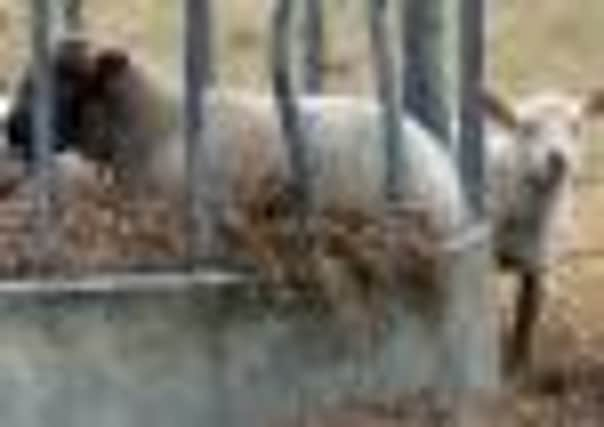NFU eases fears as virus found in region


It has been announced in the last few days that Schmallenberg virum has been detected on four farms in Yorkshire and the North East.
The tests were carried out as part of ongoing government surveillance measures in parts of the country where there is currently no history of the disease.
Advertisement
Hide AdAdvertisement
Hide AdThey also highlighted the presence of antibodies to Schmallenberg in cattle on two farms – one in West Yorkshire and one in North Yorkshire – and in sheep on two farms in North Yorkshire and Northumberland.
This indicates they had previously been exposed to the disease through contact with infected midges.
However the NFU, which has been advising and consulting farmers on the disease, said the arrival of Schmallenberg in Yorkshire is not unexpected and that the time of year could mean damage is limited.
Schmallenberg is thought to have arrived in the UK from the continent and causes birth defects in cattle and sheep.
Advertisement
Hide AdAdvertisement
Hide Ad“There is no indication that the animals involved had recently been moved from areas of the country where Schmallenberg is more prevalent, so it’s clear these animals were exposed to the disease within the region,” said Richard Potts, regional livestock and dairy adviser.
“The big question is when they were infected – because with Schmallenberg, timing is everything. The real problems associated with the disease – when they affect developing lambs and calves during pregnancy – only occur if the animal is exposed to the disease during a very small window early in the pregnancy.
“Once exposed, the animal then develops immunity, so the ideal scenario is for the disease to spread through an area ahead of the breeding season, leaving immune animals which are then not susceptible.
“At the current time, it is not possible to say when these particular animals were infected, but certainly if it was earlier this year then that is potentially good news. That said it is possible that there could still be infected midges circulating which would be of concern as we are now entering the key breeding season for sheep.
Advertisement
Hide AdAdvertisement
Hide Ad“It is impossible to be precise on this so giving cast iron advice to farmers is difficult – especially those preparing to put their rams or ‘tups’ out imminently.
“Delaying tupping until later in the year (November/December) when midge activity is at its lowest is not an option for all, but is something some may want to consider in conjunction with their vet.”
With this disease so difficult to track precisely, farmers are encouraged to remain vigilant for any signs of the disease and report anything unusual to their vet. If Schmallenberg is suspected, a govern-ment-funded test can be requested under the surveillance programme.